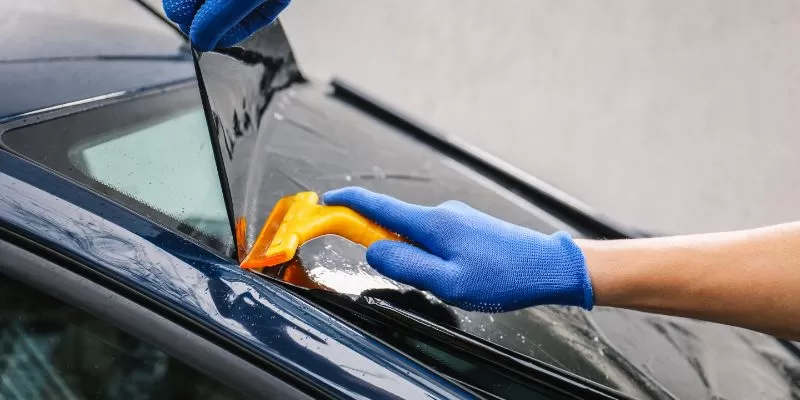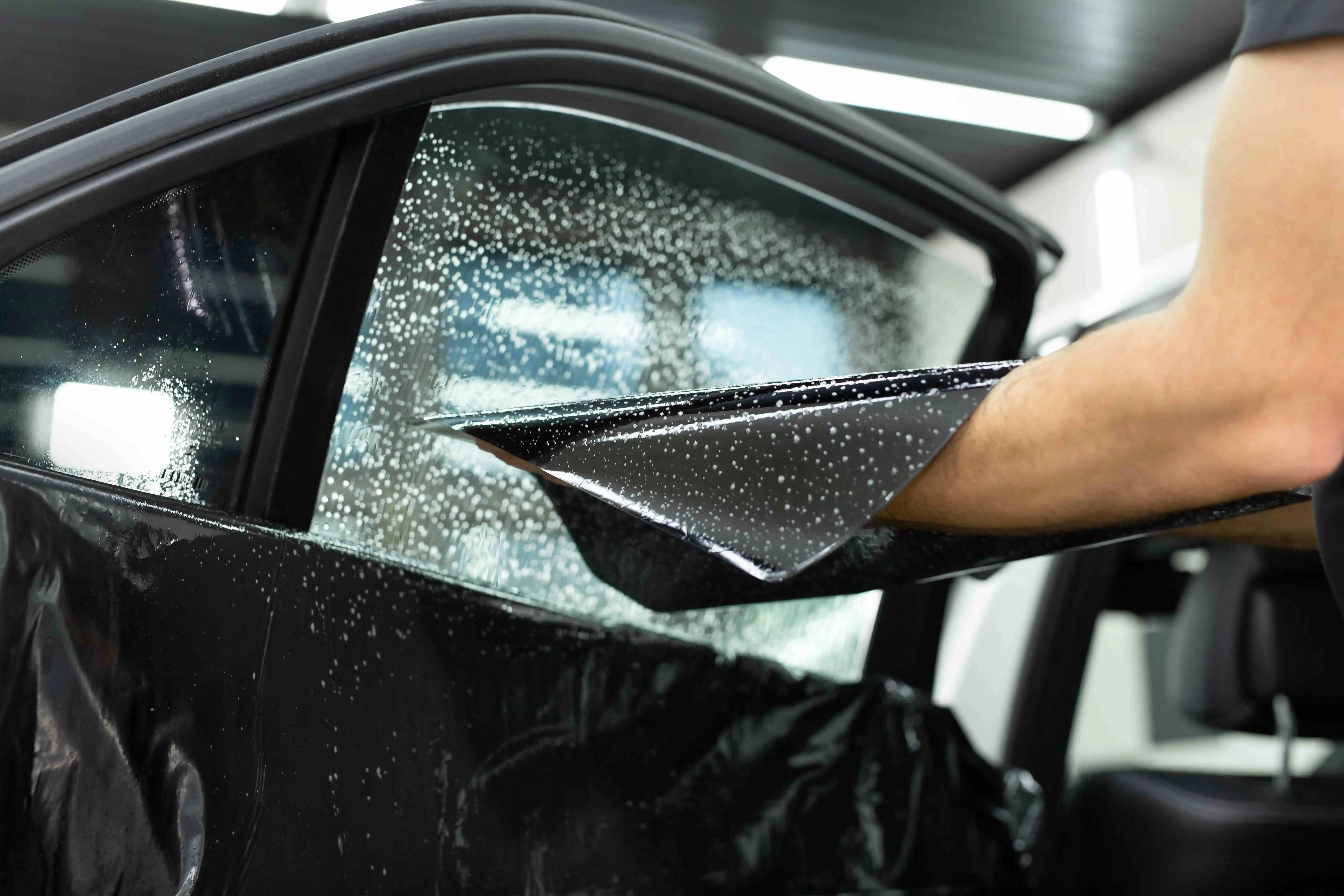Home Window Tinting Rules and Standards: What You Required to Know Prior To Tinting Your Auto
Prior to waging window tinting for your vehicle, it is important to acquaint yourself with the varied legislations and standards that regulate this method throughout various states. These guidelines dictate the permissible degrees of tint darkness, typically gauged by visible light transmission (VLT) portions, and consist of certain specifications for front windscreens targeted at making sure roadway safety and security. Additionally, certain territories might supply medical exceptions for people with qualifying conditions. Understanding these intricacies can conserve you from prospective legal ramifications, but what are the specific regulations in your state?
Overview of Home Window Tinting Laws
Home window tinting regulations are frequently subject to variation throughout different territories, showing local laws and safety factors to consider. These regulations dictate the permissible degrees of color darkness and reflectiveness on lorry home windows, making certain that vehicle drivers maintain adequate visibility while likewise securing versus dangerous UV rays and warm.
The majority of regulations categorize window tinting based on the Visible Light Transmission (VLT) percentage, which indicates the amount of light that can pass with the window. Typically, lower VLT portions symbolize darker colors. Laws commonly separate in between the front, side, and back windows, with more stringent limitations used to the front windshield to boost security for both the chauffeur and various other roadway users.
Compliance with window tinting laws is vital, as offenses can result in penalties, obligatory removal of the color, and prospective boosts in insurance policy costs. It is necessary for car proprietors to acquaint themselves with local laws before continuing with home window tinting installments.
State-by-State Color Laws
Understanding the particular home window tinting policies in each state is important for automobile proprietors seeking to abide by the regulation. Each state in the U.S. has actually developed its very own set of rules regulating window tinting, which can vary significantly. These laws frequently dictate the permitted levels of tint darkness, the sorts of windows that can be tinted, and any type of clinical exceptions that might apply.
For circumstances, states like California have rigid constraints on color darkness for front windows, while others, such as New Mexico, may allow darker colors. In addition, certain states mandate certain visibility percents for different windows, including the windshield, front side home windows, and back home windows. It is important for cars and truck owners to acquaint themselves with their state's legislations to stay clear of prospective penalties or charges.
Furthermore, some states may require a certification sticker to be positioned on tinted home windows, showing conformity with state laws. Failure to stick to these guidelines not only risks lawful repercussions but can also affect security and visibility while driving. Car proprietors must conduct comprehensive research study or speak with neighborhood authorities to make sure full understanding and conformity with state-by-state color laws.
Allowed Color Kinds and degrees
Numerous automobile proprietors might be stunned to discover that permitted color levels and kinds differ commonly throughout different states. Each state has actually established its own guidelines regarding the allowable darkness and reflectivity of window tint, typically determined by Visible Light Transmission (VLT) percentages. VLT describes the amount of light that can go through the colored home windows; hence, a reduced percent shows a darker color.

In addition, the sorts of color products permitted can vary, with some states forbiding mirror-like or metallic finishes. It is important for vehicle proprietors to familiarize themselves with their state's certain legislations to guarantee compliance. Non-compliance can lead to fines, compulsory elimination of the color, or other lawful consequences, making it vital to comprehend these guidelines prior to waging installment.
Medical Exceptions for Tinting
While not all states supply allowances for clinical exceptions regarding home window tinting, those that do acknowledge the need for particular people to boost presence and convenience due to medical problems. Various clinical conditions, such as lupus, skin cancer cells, and particular eye conditions, can render individuals particularly delicate to sunshine. These people might call for darker tints to safeguard themselves from dangerous UV rays and glow.

It is necessary to note that despite having a medical exemption, there might still be constraints on the degree of tint permitted. Conformity with state legislations makes certain that individuals are both safeguarded and within legal restrictions. Those thinking about medical exceptions need to call their local Division of Electric motor Automobiles or equal authority to recognize the treatments and needs necessary to make an application for an exception efficiently.
Charges for Non-Compliance
Stopping working to follow home window tinting legislations can cause substantial fines, which differ by state. Regulation enforcement companies are encouraged to issue citations for automobiles that do not comply with the specified tinting policies. These penalties generally include fines, which can range from moderate quantities to numerous hundred bucks, depending on the extent of the infraction and the state concerned.
In some territories, repeated offenses might result in rising penalties or additional penalties, such as necessary court looks. Non-compliance may require the elimination of unlawful tinting, usually at the owner's expenditure. In severe instances, habitual transgressors may deal with suspension of their car enrollment up until compliance is accomplished.
In additional resources addition, insurance ramifications may arise from obtaining several citations for window color offenses. Insurers might check out such offenses as a sign of riskier actions, potentially bring about enhanced premiums or problem in coverage.
To avoid these penalties, it is critical for vehicle proprietors to familiarize themselves with their regional window tinting regulations and ensure that their automobile complies (Window Tinting). This positive approach not just stays clear of legal implications however likewise advertises roadway safety
Conclusion

Many regulations categorize home window tinting based on the Visible Light Transmission (VLT) portion, which suggests the quantity of light that can pass with the window. Compliance with home window tinting policies is essential, as offenses can result in fines, compulsory elimination of the color, and potential boosts in insurance policy premiums.Comprehending the particular home window tinting guidelines in each state is vital for car proprietors seeking to abide with the law. These laws frequently determine the allowed levels of tint darkness, the types of windows that can be tinted, and any type of medical exceptions that may apply.
For circumstances, states like The golden state have rigid restrictions on tint darkness for front windows, while others, such as New Mexico, may enable darker colors.